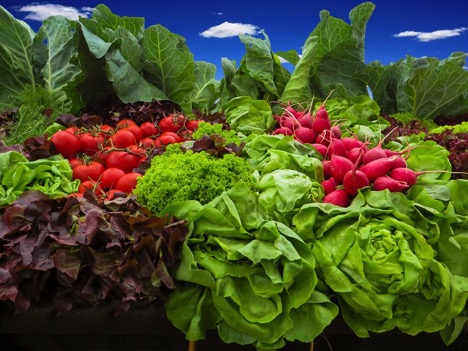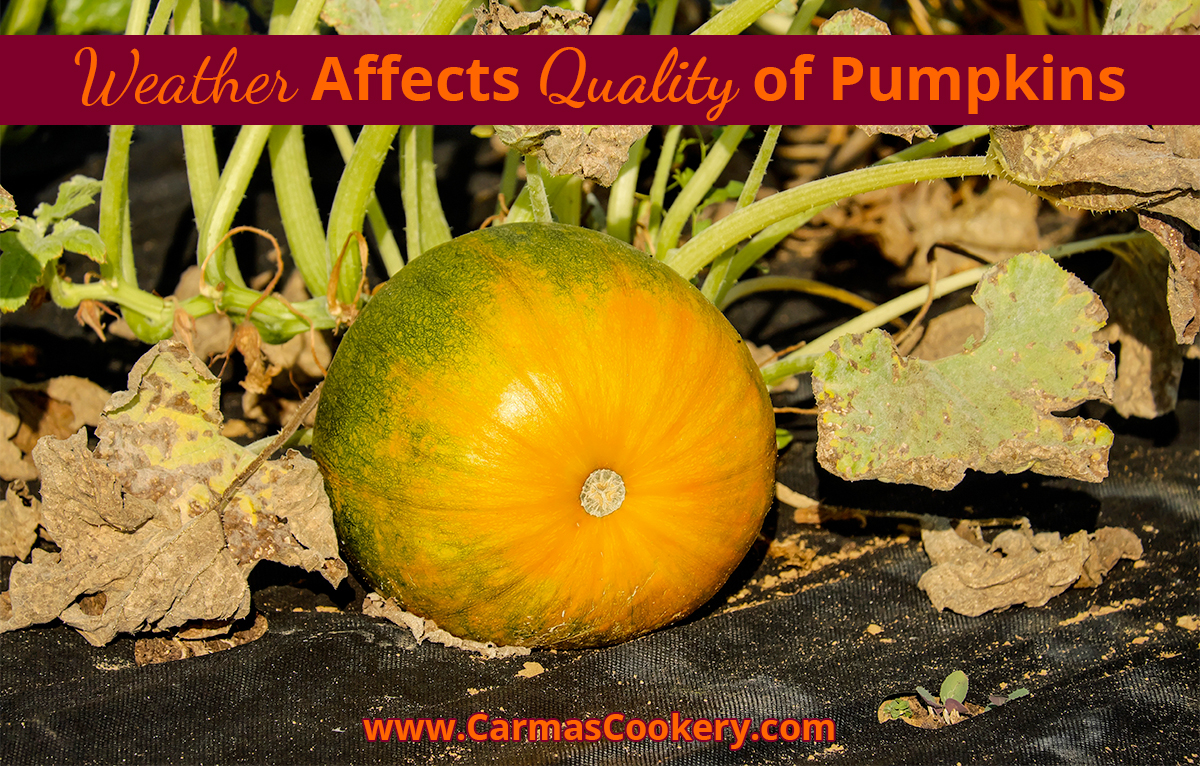We all know that whole, organic foods are an important part of a healthy diet. Getting familiar with your grocers is a good idea, but you can play a much more active role in your diet. Growing your own food can be as rewarding as it can be tasty. In this article, I’m going to give you a glimpse at just how you can get started.

Know what to plant and when
If you’re gardening outside, your plants are mostly going to be at the mercy of the weather. For that reason, you need to start developing schedules for when you can plant and harvest different foods. There’s never a season where you can’t grow something of your own. You don’t have to research too hard, either. There are all kinds of websites that have monthly schedules telling you when it’s a good time to plant one food or another.
Preparing your soil
But if you want to garden anything, you need to make sure that preparations are right for it. Too many people start buying seeds, shoots and bulbs and are surprised when they’re not growing at all. Make sure that the soil you’re using is healthy enough to sustain growth. This means making sure it has the right pH level for what you want to grow, for example. Using your natural food waste or buying fertilizer can help it along too.
Start with basics
If you’re entirely new to gardening or you want to make sure your first try is a success, then go for the vegetables that are among the easiest to grow. As you get used to it, you’ll learn more about planting and maintaining your food and be able to move to trickier customers. However, even the easiest vegetables to grow, like potatoes and salad leaves, can start to make a real contribution to your meals.
Make use of the space you have
Don’t worry, if you don’t have huge plots of land ready to nurture your future food, there are still ways to use the space you do have. For example, using plant pots or even vertical gardening can be enough. If you want to get serious about it, you can easily grow food indoors with a hydroponic growth system. These kinds of systems can also help you grow foods out of season.
Caring for your garden
Once you’ve found the place to plant them, chosen your foods and taken care of the soil you need to get into the habit of tending to your garden. As well as watering them, you need to take care of weeds and pests. Pests can eat away at your foods while weeds will choke off their access to nutrients and water. There are a variety of pesticides, mulches and even plants you can grow to make this less likely.
Hopefully, this article has inspired you to find the space to start the habit of growing your own food. Your meals will taste all the better for knowing how much care you put into the ingredients.
[divider]
[one_third]  [/one_third]
[/one_third]
[two_third_last]
Take Charge of Your Health!
Changing your eating habits can be tough. But it doesn’t have to be if you take a little time to think it out and create a plan.
This Healthy Eating Worksheet will walk you through the process of creating a healthy eating plan. All you need to do is print it out, set aside some time to complete it, and then fill it out. Then you can create your plan, knowing that you have addressed potential obstacles and came up with some creative ways to handle them.



